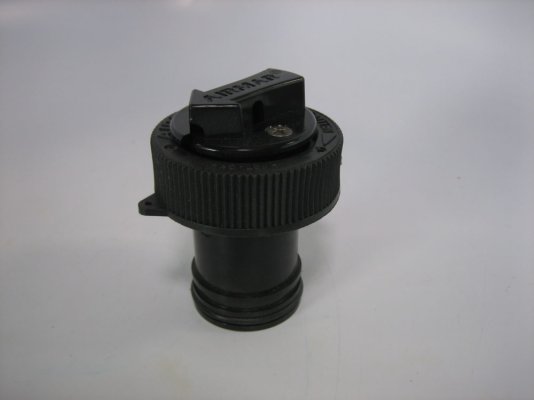Romanp
Member
All,
Looking for your advise. I have old airmar thru-hull depth sensor which is a retractable tube inserted into 2inch plastic housing in the boat hull. I need to remove it to replace it with at 2 inch fish finder. How do I go about removing the plastic thru-hull housing ?
Thanks,
Roman
Looking for your advise. I have old airmar thru-hull depth sensor which is a retractable tube inserted into 2inch plastic housing in the boat hull. I need to remove it to replace it with at 2 inch fish finder. How do I go about removing the plastic thru-hull housing ?
Thanks,
Roman

